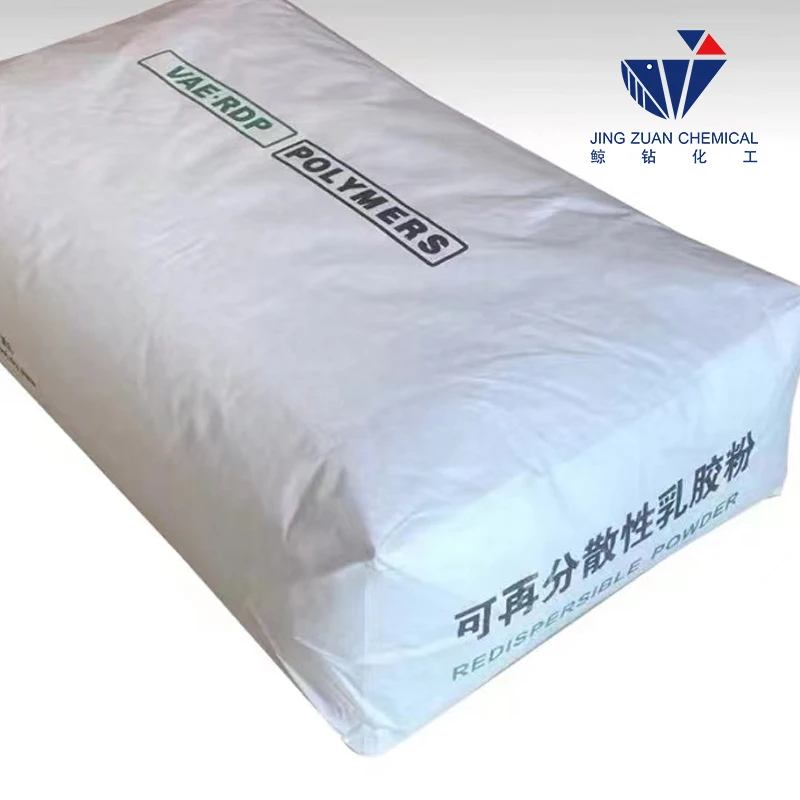
10 сар . 13, 2024 18:10 Back to list
is hpmc safe
Is HPMC Safe? A Comprehensive Overview
Hydroxypropyl Methylcellulose (HPMC) is a cellulose derivative widely used in various industries, including pharmaceuticals, food, cosmetics, and construction. Given its broad application, it is crucial to assess its safety for consumers and manufacturers alike. This article explores the safety profile of HPMC, touching upon its uses, regulatory status, potential health implications, and considerations for consumers.
Is HPMC Safe? A Comprehensive Overview
When it comes to safety, HPMC has been extensively evaluated by various health and safety organizations. The U.S. Food and Drug Administration (FDA) categorizes HPMC as Generally Recognized As Safe (GRAS) when used appropriately in food applications. This status indicates that HPMC's safety has been confirmed through a substantial body of scientific evidence, making it a reliable ingredient for food manufacturers. Similarly, HPMC is accepted in cosmetic products, provided it meets the safety standards established by the Cosmetic Ingredient Review (CIR).
is hpmc safe

One noteworthy aspect of HPMC is its non-toxic nature. Unlike some synthetic additives, HPMC is not associated with significant adverse health effects. Allergic reactions are rare, and it is considered safe for consumption by most individuals, including those with dietary restrictions. Additionally, HPMC is soluble in both hot and cold water, which enhances its versatility across various formulations.
However, some considerations should be kept in mind. Although HPMC itself is safe, its interaction with other ingredients in formulations may raise concerns. For instance, the presence of certain preservatives or additives could potentially lead to sensitivities in some individuals. Therefore, consumers are advised to check product labels, especially if they have known allergies or sensitivities.
In contrast, the safety of HPMC in construction applications has been questioned. In powdered form, inhalation of HPMC dust during mixing or application can irritate the respiratory system. Therefore, proper protective equipment should be used to minimize exposure.
In conclusion, HPMC is generally regarded as a safe ingredient in pharmaceuticals, food, and cosmetics, backed by extensive research and regulatory approval. Its non-toxic nature and versatile applications make it a popular choice across various industries. Nonetheless, consumers should remain vigilant by reading labels and considering potential interactions with other ingredients. With informed usage, HPMC continues to be a valuable component in many products, contributing to safety and quality in everyday life.
-
Unlocking the Benefits of HPMC Products: A Gateway to Versatile Applications
NewsAug.07,2025
-
Unleashing the Potential of HPMC Ashland: A Comprehensive Look
NewsAug.07,2025
-
Tile Bonding Cellulose: The Key to Superior Adhesion and Durability
NewsAug.07,2025
-
Hydroxypropyl Methylcellulose Powder: The Versatile Component in Modern Pharmaceuticals
NewsAug.07,2025
-
Hydroxyethyl Cellulose: The Versatile Solution for Various Industries
NewsAug.07,2025
-
Hydroxyethyl Cellulose (HEC): The Versatile Polymer for Various Applications
NewsAug.07,2025







